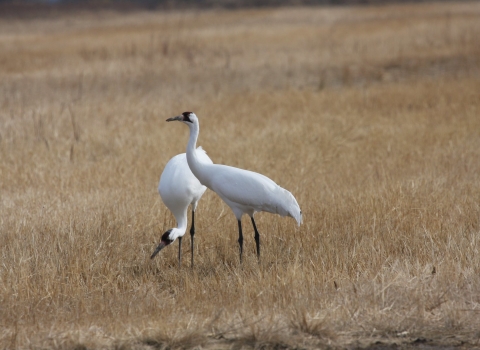The trout were collected last month from Spruce Creek in the Gila Wilderness of New Mexico. One hundred ninety eight were lost at the hatchery after their holding tank lost its water; 20 fish that were spawned in a separate area of the hatchery survived. The Service has since instituted procedures at the hatchery to prevent such accidents from recurring.
Recovery partners will use additional wild-caught trout to bolster the remaining broodstock broodstock
The reproductively mature adults in a population that breed (or spawn) and produce more individuals (offspring or progeny).
Learn more about broodstock and are planning to establish a second captive population in order to restock areas in Arizona that once hosted the fish.
"The accident at Mescalero was extremely disappointing," said Ren Lohoefener, the Services Assistant Regional Director for Arizona and New Mexico. "A great deal of time and effort went into the collection of these fish, which will be required again for future efforts."
Employees of the USDA-Forest Service, U.S. Fish and Wildlife Service, and the Arizona Game and Fish Department collected the trout earlier in the month to establish a hatchery population of this unique strain of the Gila trout. Acquisition of the fish was also intended to provide refuge from potential wildfire-related losses during the upcoming summer months.
The Spruce Creek strain of Gila trout currently exists in only about 3.5 miles of the Big Dry Creek Drainage, including 2 miles of Spruce Creek. The Gila trout recovery plan calls for this genetic lineage to be replicated in other drainages; the effort will include establishment of a population in captivity to provide a stocking source for new streams. When this goal is met, the fish will be eligible for downlisting under the Endangered Species Act, from


